Restless legs syndrome (RLS) is a neurological disorder characterized by uncomfortable sensations in the legs, leading to an irresistible urge to move them. These sensations often occur during periods of rest or inactivity, particularly in the evening and at night. In this blog post, we will delve into the causes, symptoms, diagnosis, treatment, and lifestyle management of restless legs syndrome, shedding light on this often misunderstood condition and offering insights to help those affected find relief and improve their quality of life.
Causes:
The exact cause of restless legs syndrome is not fully understood, but research suggests a combination of genetic, neurological, and environmental factors may contribute to its development. Certain medical conditions such as iron deficiency, kidney failure, diabetes, and peripheral neuropathy have been linked to RLS, indicating a potential association with underlying health issues.
Symptoms:
Individuals with restless legs syndrome often experience uncomfortable sensations in their legs, described as creeping, crawling, burning, or tugging, which lead to an overwhelming urge to move the legs for relief. These symptoms typically worsen during periods of rest or inactivity, such as sitting or lying down, and may become more pronounced in the evening or at night. Sleep disturbances and insomnia are common in individuals with RLS, as the symptoms often interfere with the ability to relax and fall asleep.
Diagnosis:
Diagnosing restless legs syndrome involves a comprehensive evaluation of an individual’s symptoms, medical history, and physical examination. Healthcare providers may inquire about the nature and timing of the symptoms, as well as any underlying health conditions or medications that could contribute to the development of RLS. In some cases, blood tests to assess iron levels and other potential contributing factors may also be recommended.
Treatment:
Treatment for restless legs syndrome aims to alleviate symptoms, improve sleep quality, and enhance overall comfort. Lifestyle modifications such as regular exercise, massage, and warm baths can provide temporary relief, while avoiding caffeine, alcohol, and tobacco close to bedtime may help reduce symptoms. Medications, including dopamine agonists, anticonvulsants, and alpha-2-delta ligands, may be prescribed to manage RLS symptoms and promote better sleep.
Lifestyle Management:
In addition to medical treatment, lifestyle management plays a crucial role in minimizing the impact of restless legs syndrome. Establishing a regular sleep schedule, practicing relaxation techniques, and creating a comfortable sleep environment are essential for improving sleep quality and managing RLS symptoms. Individuals with RLS may also benefit from incorporating gentle stretching, yoga, or meditation into their daily routine to promote relaxation and reduce stress.
Seeking Support:
Living with restless legs syndrome can be challenging, particularly when symptoms disrupt sleep and daily activities. Seeking support from family, friends, and healthcare professionals can provide valuable understanding and assistance in managing RLS symptoms and improving quality of life. Support groups and online communities also offer a platform for individuals with RLS to connect, share experiences, and access helpful resources for coping with the condition.
In summary, restless legs syndrome is a neurological disorder that can significantly impact an individual’s comfort and quality of life, particularly during evening and nighttime hours. By understanding the causes, symptoms, diagnosis, treatment, and lifestyle management strategies associated with RLS, individuals affected by this condition can explore effective approaches to alleviate symptoms, improve sleep, and enhance overall well-being. Seeking prompt medical evaluation and adopting a comprehensive approach to managing restless legs syndrome can lead to greater comfort, improved sleep, and a better quality of life for those living with this often misunderstood condition.
It is important to note that the NOMOSIK therapy has not been evaluated by the FDA and is not intended to diagnose, treat, prevent or cure any disease. It specifically tests and treats for neuro-physiological imbalances in the body. Please see reviews of the amazing recoveries patients have noted with their illness and allergies following treatment of these imbalances. These treatments do not constitute the practice of medicine and are intended solely for the purpose of addressing muskulo-skelital conditions through alternative therapeutic means.

